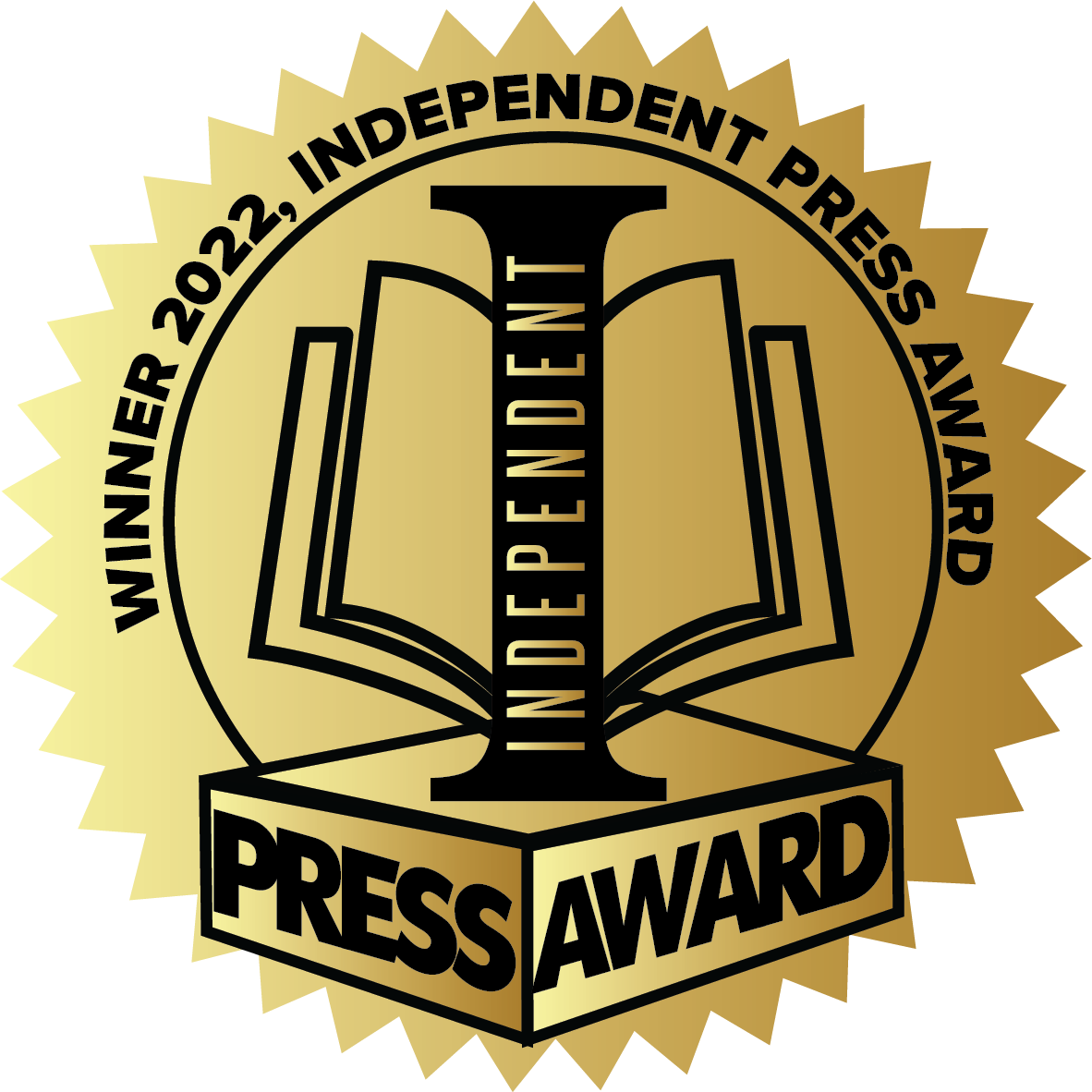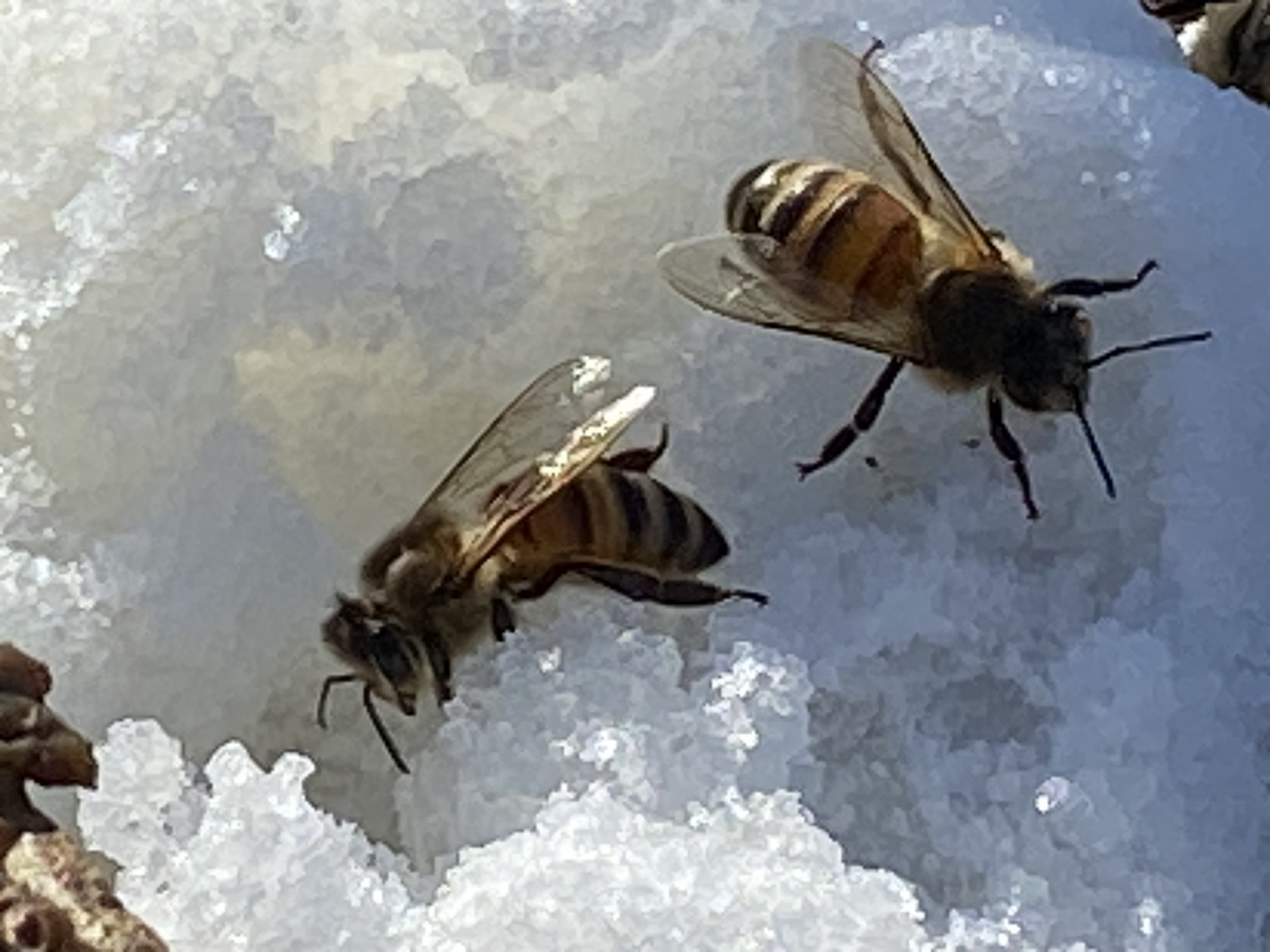New England Asters
/New England Asters are a favorite source of fall pollen for honeybees.
New England Asters
There are several flower families that provide honeybees their food and asters are one of them. Some of my favorite fall blooming plants belong to this family group: White Boneset, White Heath Asters and one of my all-time top favorites, New England Asters.
According to the Missouri Botanical Garden, "Symphyotrichum novae-angliae, commonly called New England aster, is a Missouri native perennial which occurs in moist prairies, meadows, thickets, low valleys and stream banks (Steyermark) throughout the State. It is a stout, leafy plant typically growing 3-6' tall with a robust, upright habit.
New England Asters feature a profuse bloom of daisy-like asters (to 1.5" diameter) with purple rays and yellow centers from late summer to early fall. Rough, hairy, lance-shaped leaves (to 4" long) clasp stiff, hairy stems. Flowers are attractive to butterflies" and I will add bees, too.
How to Grow New England Asters
Easily grown in average, medium, well-drained soil in full sun, prefers moist, rich soils. Good air circulation helps reduce incidence of foliar diseases. Pinching back stems several times before mid-July will help control plant height, promote bushiness and perhaps obviate the need for staking. Pinching back will also delay flowering.
Most New England Asters are sold early fall when they are in bloom. I buy the plants after bloom, remove the spent flower heads and make sure they are well watered and mulched when I plant them. Any dead branches get left on to help protect the new growth that will start at the plant base. I also give them some water for a couple of months to make sure their roots get established.
A closeup of a New England Aster flower shows the generous source of pollen.















